
A cumulative rhyme summarizes the life’s work of renowned Mexican potter, Juan Quezada. Additional information describes the process he uses to create his pots after the style of the Casas Grandes people.
Catalog sorted by age group

A cumulative rhyme summarizes the life’s work of renowned Mexican potter, Juan Quezada. Additional information describes the process he uses to create his pots after the style of the Casas Grandes people.
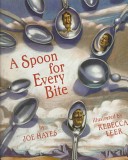
A poor husband and wife ask their rich neighbor to be godfather of their child, and once they are compadres, prey upon his pride and extravagance to trick him out of his fortune.
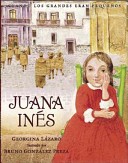
Biographical poem about the childhood of poet and nun, Sister Juana Inés de la Cruz.
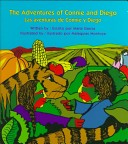
Tired of being laughed at because they are different, a pair of multicolored twins run away to ask the animals where they really belong.
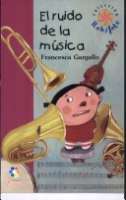
When Martucha’s musically talented family comes to visit, she is horrified and frustrated because of all the noise.
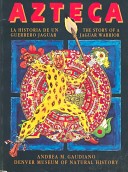
In 15th-century Mexico, Tlilcatl, the Jaguar Warrior, battles the Spanish conquistadores for his family, culture, and empire in this graphic novel for children and adults. In both Spanish and English. Ages 8 and up.
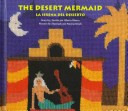
A desert mermaid living in an oasis seeks to save her people by rediscovering the forgotten songs of their ancestors.
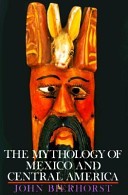
Discusses the mythology from Indians of various regions of Mexico and Central America, describing origins, comparing the similar tales, and presenting some of the myths themselves.
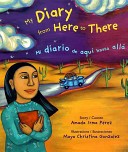
A young girl describes her feelings when her father decides to leave their home in Mexico to look for work in the United States.

Dom and Tom, the iguana brothers, eat flowers, pretend to be dinosaurs, and discover that they can be best friends.